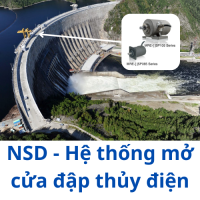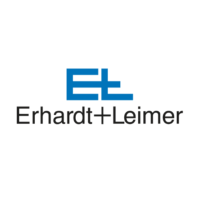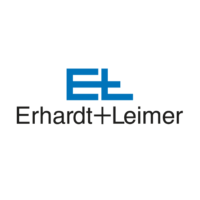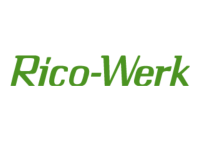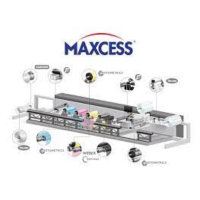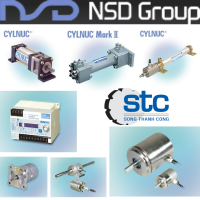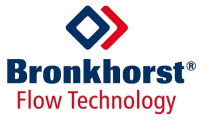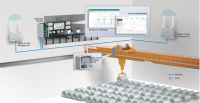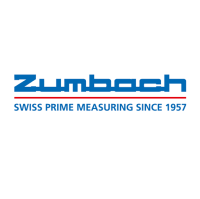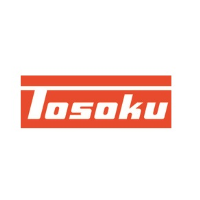Stirring action is extremely strong compared to other methods so molten metal in all parts of the furnace is rapidly and evenly stirred. The molten metal components are therefore uniform with no segregation whatsoever occurring.
This unit is particularly effective for molten metal with high alloy content such as magnesium, titanium and silicon.
As the surface of the molten in reverberatory furnaces is 100-150°higher in temperature than the bottom as it is sub1'eCted to radiation heat, thermal absorption tends to become poor. However, as the molten metal and cold charge are forced to touch when electromagnetic stirring is carried out, the temperature of the surface drops within a few minutes as the temperature of the top and bottom layer becomes uniform. Heat absorption therefore increases and high energy saving effects are realized as heat loss decreases.
Heat conductivity of the cold material rises and the cold material melts more rapidly as the molten metal is caused to flow by stirring. The temperature of the overall molten metal drops at the same time with increased absorption of radiation heat. In addition to energy saving, the melting time is also therefore shortened.
Prevention of oxidation in the molten metal is important to improve yield.
Electromagnetic stirring reduces oxidation as it lowers the surface temperature and, furthermore, it shortens the melting time. Yield is also increased by the folding-in effect of the cold charge into the molten metal.
Although manpower or a special vehicle is required during the stirring operation in
conventional stirring equipment, this type of operation is entirely unnecessary with
electromagnetic stirring as operation is fully automatic. Also, as there are no parts in direct contact with the molten metal, practically no maintenance is required.








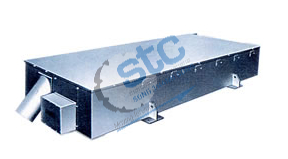
 Mr Tú
Mr Tú
